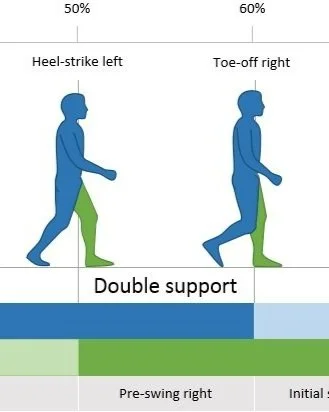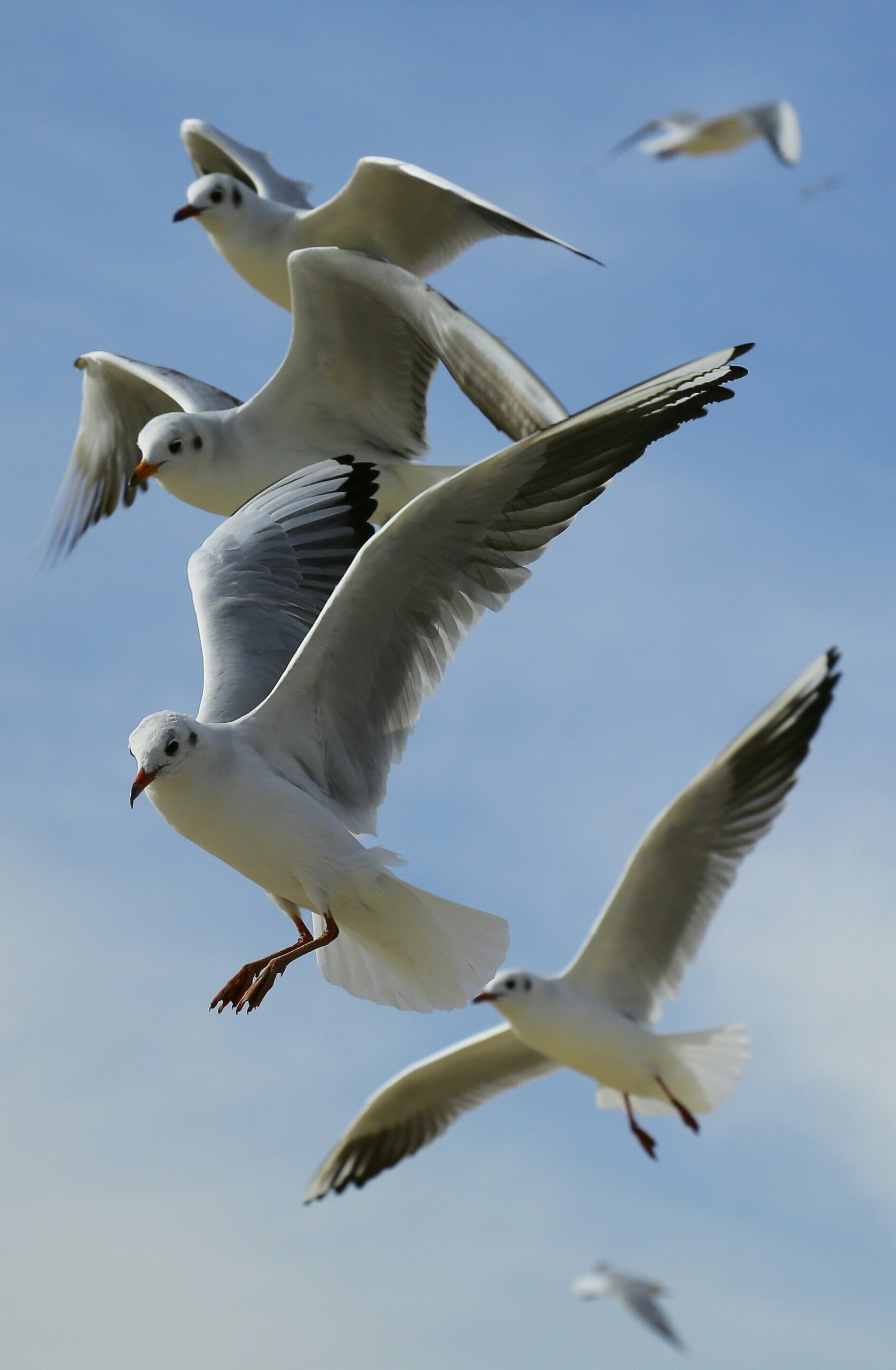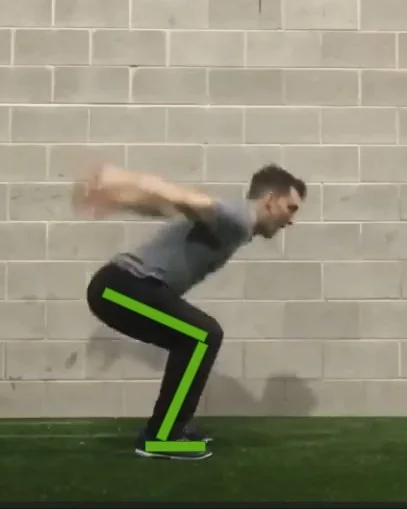ANATOMY
Everything related to how we move
Longer articles:
Efficiency is key in a healthy walk cycle, with propulsion and energy conservation being the primary objectives.
In this article, We are going to break it down into its most basic components. First, we will break it down temporarily into small chunks and actions. Second, we will break it down physically to understand all the components and movement patterns that go into a step.
Today’s article will focus on understanding the anatomy of the wing that propels flight and the basics of aerodynamics that make flying a reality. We cover the different flight patterns and break down the three stages of flight: lift-off, flying, and landing. At the end, I've covered some curiosities about wing shapes and how they influence flight patterns.
You’ll find an analysis of footfalls of the most common quadrupeds’ gaits, including which animals each gait suits best. Here, I analyze all six gaits in the order of the speed they provide the animal: walk, amble, trot, pace, canter, and gallop.
Different species evolved different types of eyes, depending on the needs of their environment. Did you ever stop to notice that some animals have eyes on the side of their head? Why are ours so frontal? And why the eyes of a fly look so different?
Shorter articles:
With the knowledge of the previous posts put together, I would like to cover why we tend to anticipate actions. Why does going backward help us move forward, why does going down help us go up, and how does this counterintuitive idea of going in the opposite direction make us move more efficiently?
In the previous posts, we've covered the joint's range of motion and how muscles pull on them to create movement. Today, we'll dive a little bit deeper and see how both the shape of bones and muscle attachment to them interact to create a lever-like system.
In this little series of posts, I want to simplify and make the topic of anatomy accessible. My focus will be mostly on understanding the biomechanics of movement. In this post we'll focus on muscles and how they function.
In this little series of posts, I want to simplify and make the topic of anatomy accessible. My focus will be mostly on understanding the biomechanics of movement. We'll focus on the joints and muscles that make us move.
In this post we'll take a look at where different types of breathing happen in the body and the area and muscles if requires. Then, we'll analyze different type of more or less common breathing patterns, taking into consideration their speed and where breathing happens.
The concept of the triune brain originated from neuroscientist Paul D. MacLean around the 1960s as a way to explain the different stages through which the brain evolved.
Like mirroring postures, synchronized walking is normally a sign of friendliness and sociability.











In this post, we will try to take those basics and go more in-depth, looking at the gait from a slightly more functional and anatomical angle. We will cover the main muscle groups, timings, and bone structures responsible for moving us forward and answer the question: What makes a walking gait successful?